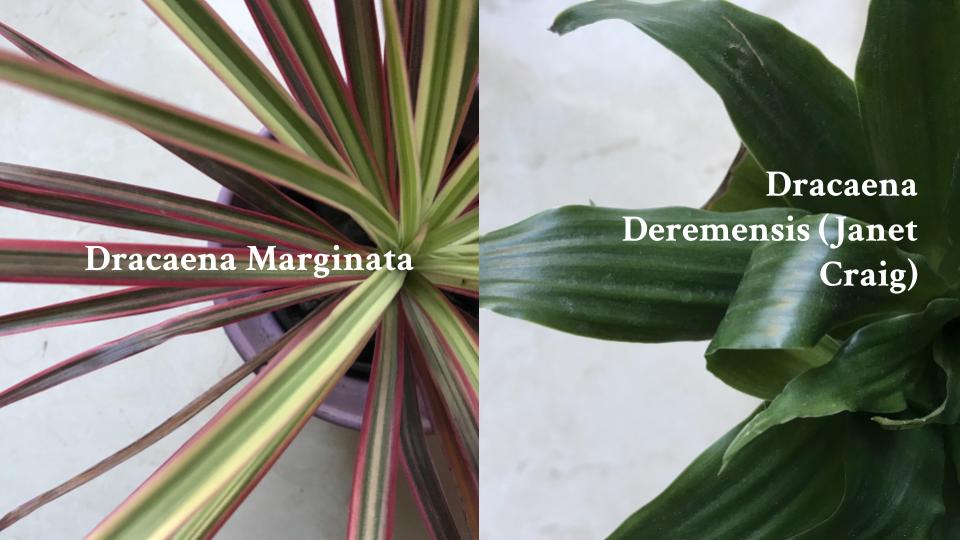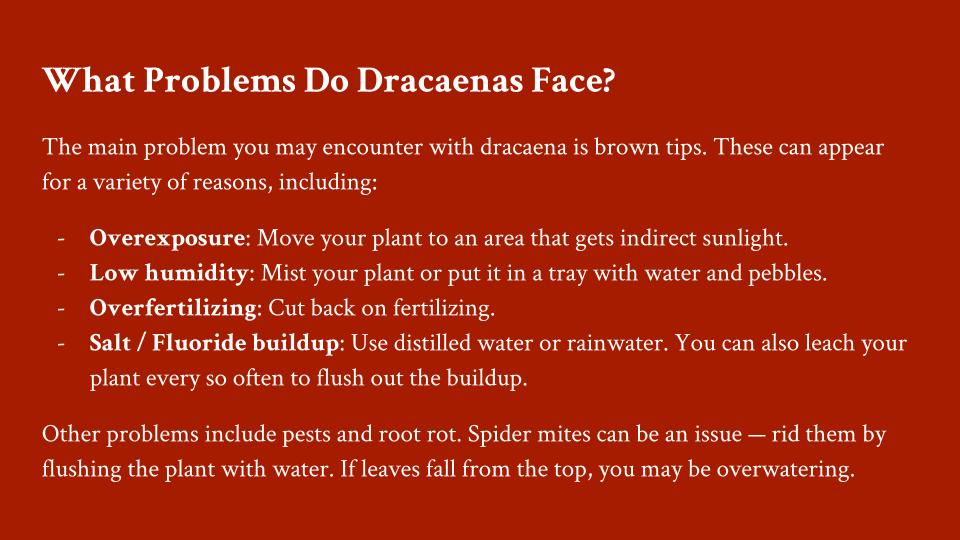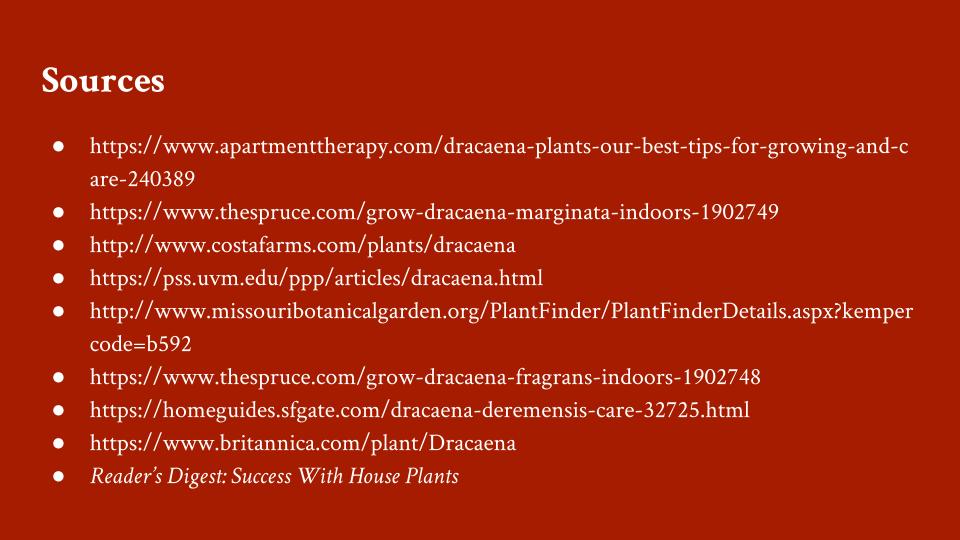An Introduction to Dracaenas
I first got the impulse to buy a dracaena after watching Netflix’s Tuca and Bertie, which features these too-cool-for-school teenage plant heads, one specifically named Draca. Draca is, in my mind, a dracaena, which too is effortlessly cool and trendy. In fact, the last time I checked, I had five dracaenas!
For me, dracaenas have always been steadfast, unassuming, even. That said, these low-key plants can be a lot of fun — their spiky, glossy, and colorful foliage can add texture to your space in a pinch. They’re also affordable and ubiquitous. With $5 or so, you can grab one at your local big-box home improvement store or supermarket. And unless you really overwater, dracaenas are pretty much immortal.

What Are the Characteristics of a Dracaena?
The name dracaena comes from the Greek word “drakaina,” which means female dragon. Dracaenas are sometimes referred to as dragon trees or corn plants. They’re primarily native to the tropics of Africa. While they can reach towering heights in the great outdoors, they only grow roughly 4 to 6 feet tall indoors, where they don’t usually produce flowers. You’ll recognize dracaenas by their glossy sword-like leaves that come out of their upright stems. They can be tall, single-stemmed shrubs, or short and multi-stemmed. Their foliage is green and often displays white, dark green, yellow, or red striped variegation.
What Kind of Dracaena Are There?
There are many different types of dracaenas — over 100 varieties, in fact. Here are a few popular species:
- Dracaena marginata, which has a straight stem with 30+ skinny, red-edged leaves.
- Dracaena deremensis, which has a narrow stalk-like base with thick, grass-like foliage. Popular iterations include the Warneckii and Janet Craig varieties.
- Dracaena fragrans, aka the “corn plant,” which is 4-5 feet tall in height and has loose, arching leaves growing from thick canes.



How Do You Care for a Dracaena?
Dracaenas are relatively drought tolerant and will be able to handle a wide range of temperatures, though cold drafts under 50°F will cause their leaves to drop. As with many indoor plants, dracaenas appreciate bright indirect light. They’ll tolerate dim light but will display slower growth.
They like well-draining soil — a mixture of potting mix and loam is perfect. You’ll want to wait until the first half of the soil is dry before you water. Dracaenas don’t really need fertilizer, though you can fertilize them once or twice a year during the spring and summer to encourage growth.
What Kind of Problems Do Dracaenas Face?
The main problem you may encounter with your dracaena is brown tips. These can appear for a variety of reasons, including:
- Overexposure: Move your plant to an area that gets indirect sunlight.
- Low humidity: Mist your plant or put it in a tray with water and pebbles.
- Overfertilizing: Cut back on fertilizing.
- Salt / Fluoride buildup: Use distilled water or rainwater. You can also leach your plant every so often to flush out the buildup.
Other problems include pests and root rot. Spider mites can be an issue — get rid of them by flushing the plant with water. If leaves fall from the top, you may be overwatering, so cut back on that!
Sources
- https://www.apartmenttherapy.com/dracaena-plants-our-best-tips-for-growing-and-care-240389
- https://www.thespruce.com/grow-dracaena-marginata-indoors-1902749
- http://www.costafarms.com/plants/dracaena
- https://pss.uvm.edu/ppp/articles/dracaena.html
- http://www.missouribotanicalgarden.org/PlantFinder/PlantFinderDetails.aspx?kempercode=b592
- https://www.thespruce.com/grow-dracaena-fragrans-indoors-1902748
- https://homeguides.sfgate.com/dracaena-deremensis-care-32725.html
- https://www.britannica.com/plant/Dracaena
- Reader’s Digest: Success With House Plants
Slides
Scroll through for all of the same information in slide form!














1 thought on “A Short and Simple Guide to Dracaena”